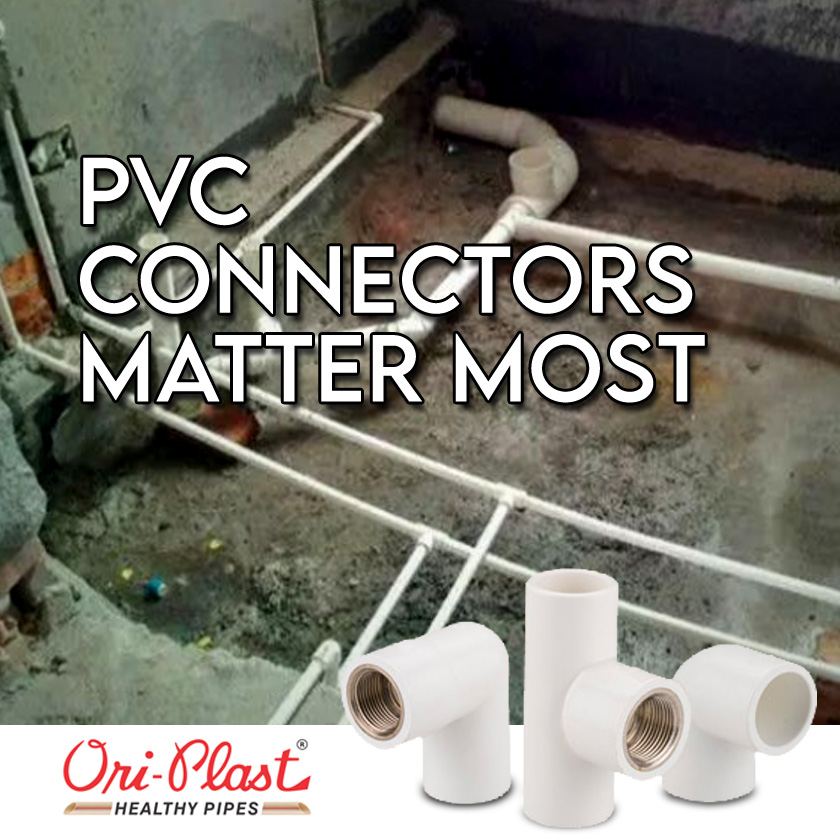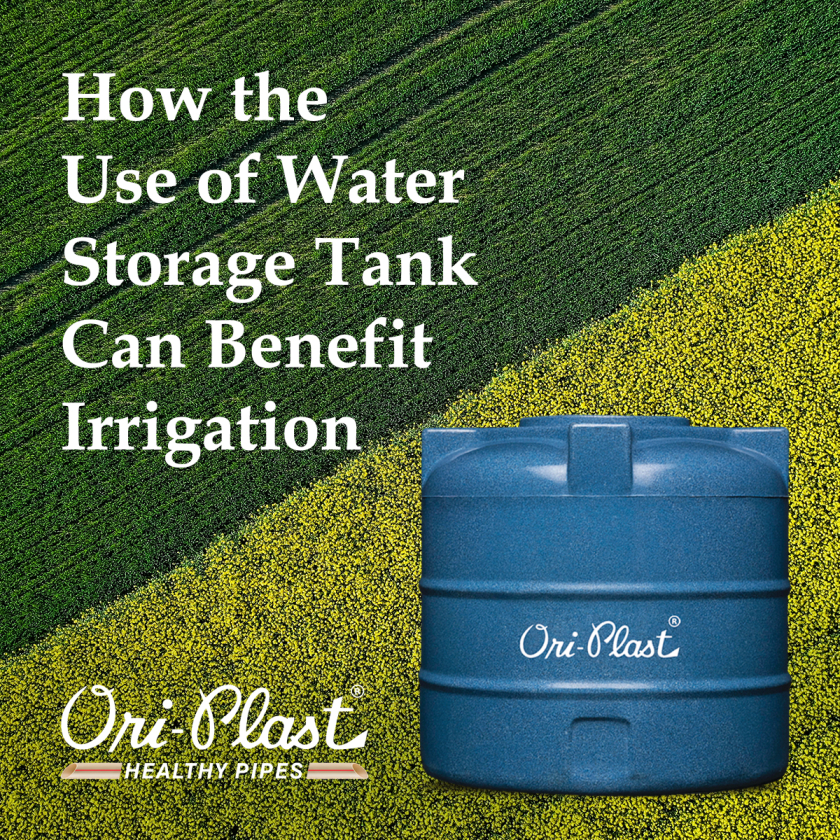When we supply water from its source to the point-of-demand, it requires a complex supply system. The infrastructural components of this system support the collection, transportation, and storage of water in proper quantity as well as quality. It also involves treatment, wastage prevention, and implementation of conservation practices.
Now, such a mammoth grid work relies on massive consumption of energy. But, how should water distribution systems keep account of their energy usage and also be energy-efficient?
The first step to ensure energy efficiency in water distribution systems is through a balanced configuration of how the system operates. This will minimise the consumption of energy and at the same time, increase the efficiency of the minimum energy used.
In terms of water distribution systems, a whopping 30% water loss is the global average. This means the energy used to extract and distribute that water is also lost before it reaches the end-user.
Energy efficiency in water distribution systems can be brought about through some rigorous steps
- Providing access to water quickly within the limited resources can stretch the energy used.
- Maximising the capacity of current infrastructure can bring up efficiency and also cut costs by delaying new infrastructural requirements.
- Introducing cost-effective innovations that will replace faulty system units.
- Regular energy audits to find out the consumption in relation to the output volume.
- Improvement in technical and decision-making skills of operators of the distribution system.
- System improvements should be prioritized and implemented without delay.
Innovative energy-efficiency technologies can turn the tide, and distribution networks can highly benefit from such options. However, there is a grave lack of awareness or training about new concepts and innovative scientific technologies that are available in the market. These technologies, studies have shown, can increase energy-efficiency from 5% to 30% depending on the local factors.
Energy-efficiency is the need of the hour, and as we foray into various sources of renewable energy, the importance of conservation and efficiency becomes prominent. The Renewable Energy Day or Akshay Urja Diwas is a clarion call for development in all forms of renewable energy in the country. As a leader in water supply pipes, Ori-Plast supports Akshay Urja Diwas to strengthen the pledge of energy efficiency and as an awareness campaign in support of hydro-electrical, solar and wind energy systems, among others.




